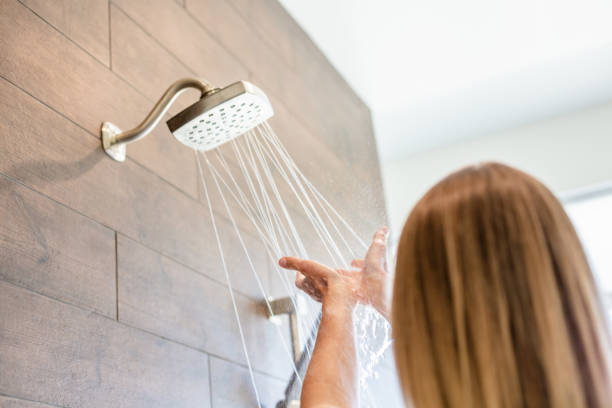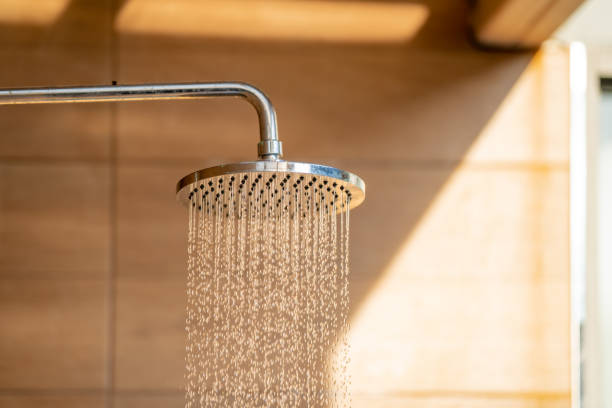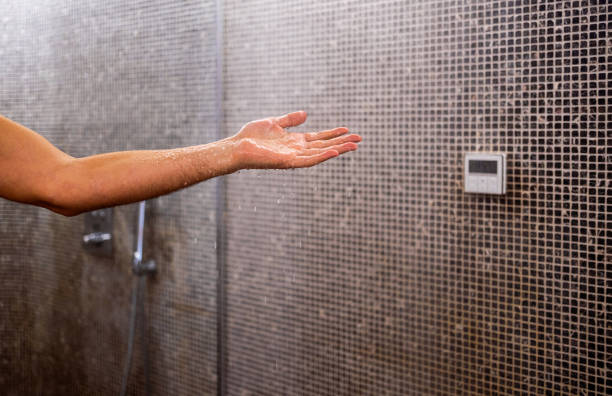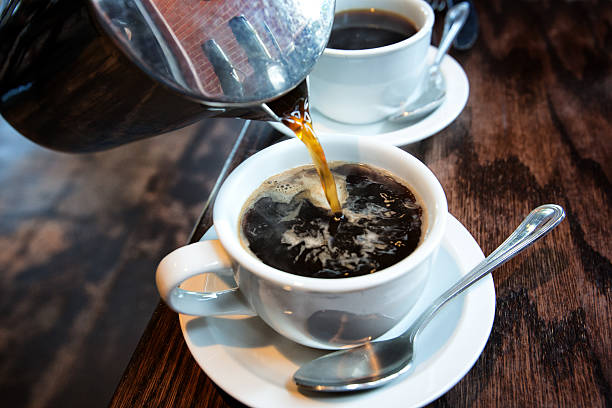
Cold showers have moved from niche rituals into mainstream conversation. What was once a brief shock to wake the body now appears in wellness articles athlete routines and clinical discussions. Users report better focus faster recovery after exercise and fewer sick days. This article lays out the strongest facts explains likely mechanisms and offers safe ways to try cold water exposure.
What cold water does to the body

Stepping into cold water sets off a rapid set of reactions. Skin blood vessels constrict to preserve heat and protect core organs. The sympathetic nervous system becomes active causing a rise in heart rate and in circulating catecholamines. Human studies of immersion show large increases in noradrenaline and related chemicals which explain the sudden boost in alertness many people feel. 0
Cold exposure also shifts some stress markers.
Several investigations report small reductions in cortisol after short cold exposures and increases in endorphins and monoamines that influence mood. Reviews in psychiatry and physiology conclude that cold water can trigger release of neurotransmitters such as dopamine and serotonin which may improve mood and resilience to stress.
Brown fat and calorie use
Cold exposure activates brown adipose tissue which produces heat by burning glucose and fat. Imaging studies and reviews document increased brown fat activity during cold exposure and show higher metabolic rates while the tissue is active. This is a plausible mechanism for modest increases in energy use after repeated cold exposure but it is not a quick path to major weight loss.
What clinical studies show
Randomized studies are rare but growing. A large trial in the Netherlands assigned participants to end daily showers with thirty sixty or ninety seconds of cold water for thirty days. People in the cold groups had fewer days absent from work in the months that followed compared with those who showered as usual. The trial did not find fewer reported illness days overall but it did show a consistent drop in work absence among those who added brief cold exposure.
Systematic reviews that pool cold water immersion studies find time dependent effects on inflammation on recovery after exercise on sleep and on subjective wellbeing. The strongest and most consistent benefit is reduced muscle soreness after strenuous exercise when cold exposure is applied soon after activity. Evidence for long term immune enhancement and chronic disease prevention is limited and more rigorous trials are needed. 4
Why many people notice immediate benefits
There are several clear reasons for quick perceived gains. The noradrenaline surge raises attention and dampens pain signals temporarily. Endorphins and serotonin changes lift mood in the hours after exposure. The contrast of hot then cold water improves perceived circulation and can make the body feel more awake. Finally choosing to endure a short period of discomfort often increases confidence and reduces stress in other areas of life.
How to try cold showers safely
1. Talk with your doctor before starting if you have heart disease uncontrolled blood pressure or circulatory problems.
2. Begin with your usual warm shower and finish with thirty seconds of colder water. Add time gradually over days or weeks toward two minutes or three minutes.
3. Control breathing from the first seconds. Calm slow exhalations reduce the gasp response and lower the risk of panic.
4. Avoid full body immersion in very cold water when alone. Sudden cold can trigger strong reflexes and cardiac effects.
5. Stop and warm up if you feel faint excessively cold or unwell.
Common claims that need more proof
Some enthusiasts claim large effects on immunity faster long term weight loss or reversal of chronic illness. Current evidence supports modest changes in immune related outcomes and short term increases in calorie burning through brown fat activation. Large claims about disease prevention and major weight loss lack robust long term randomized evidence and should be treated cautiously.
Comparing cold showers with ice baths and cryotherapy
Cold showers use water at typical tap temperatures while ice baths and some cryotherapy methods are much colder and therefore more intense. Ice baths can be useful for athletic recovery but they carry higher risk and require careful supervision for people with cardiovascular disease. Cold showers are easier to control and safer for most people who want to start cold exposure at home.
Who should avoid regular cold exposure
People with known coronary artery disease arrhythmias or poorly controlled hypertension should avoid deliberate cold exposure without medical clearance. Pregnant people those with severe respiratory disease and individuals with Raynaud syndrome or other circulation disorders should consult a clinician before trying regular cold water exposure.
Practical tips to get the most from it
1. Pair cold finishes with a short mobility routine to warm muscles first.
2. Track progress with a timer and a simple journal to note mood energy and recovery changes.
3. Combine cold exposure with good sleep regular exercise and healthy food for broader benefit.
4. Treat cold water as one tool among many rather than a cure all.
Cold showers are supported by clear physiologic data and by a growing but still limited set of clinical studies. Acute increases in noradrenaline and related chemicals explain the strong alerting effect. Brown fat activation provides a mechanism for short term increases in energy use. A randomized trial found fewer work absence days after a month of brief cold finish exposure. Systematic reviews support benefits for post exercise recovery and subjective wellbeing while evidence for long term immunity or major disease prevention remains inconclusive.






Comments (0)